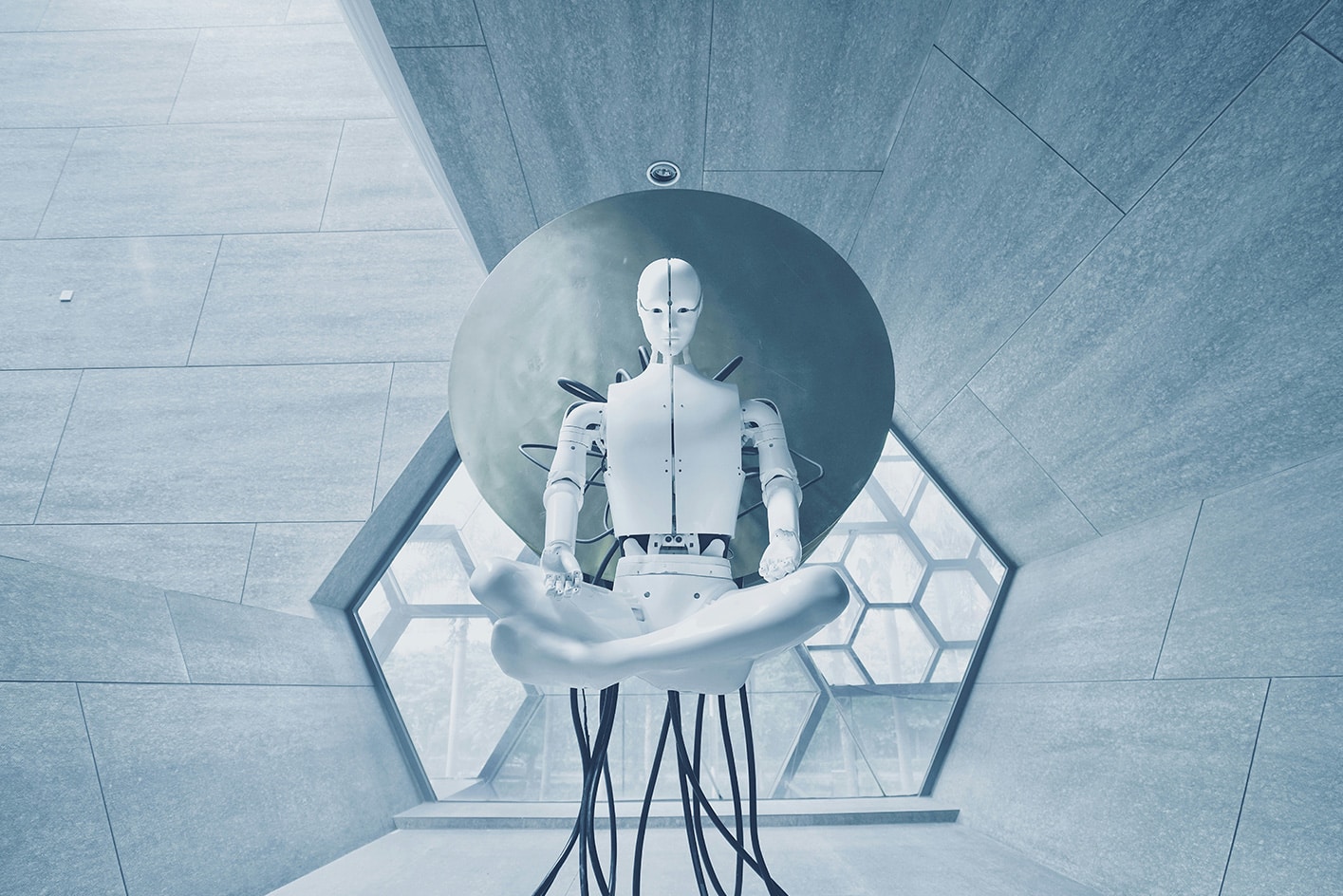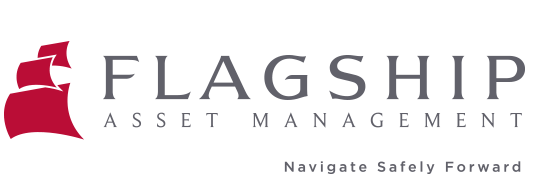
23 Feb Winners and losers at the dawn of Artificial Intelligence
As published in Business Day on 20 February 2024
By Flagship fund manager JD Hayward
Generative Artificial Intelligence (GenAI) has quickly shown that very few professions can claim to be future proof.
Several large US companies, including Blackrock, UPS and Duolingo recently stated that AI advancements were, at least partially, the cause for significant layoffs at these firms. A recent report by Challenger, Gray and Christmas, a firm specializing in career transitions, noted that while the impact of rapidly advancing AI adoption was especially clear in the media and tech sectors, it was now truly being felt across job sectors.
Thus, what were once considered safe professions have suddenly moved into the firing line. Ironically, these have included the software developers and coders who created the technology. Another sector that has been negatively affected by the advent of GenAI is the client services and customer care industry, based on the belief that AI would erode their competitiveness.
It’s worth delving deeper into companies in this sector, like Concentrix, to gauge how AI could improve their business propositions and address some of the issues that could well arise if their clients invest in their own inhouse AI-driven customer experience solutions.
The rise of ChatGPT
While society has known about AI for years and has seen changes and new technologies being implemented constantly, it has still felt like a classic case of things evolving slowly and then, suddenly, all at once.
Nowhere was this more evident than in looking at the speed with which ChatGPT was adopted. Within five days of launch, more than one million users had experimented with ChatGPT. While much of the initial craze might have been driven by curiosity, one thing is for sure: it was clearly not a fleeting fad either. ChatGPT attracted 100 million users in just over two months, something it took TikTok nine months and Instagram more than two years to achieve.
The potential benefits and pitfalls of this technology have quickly become clear. Within weeks after launching, there were numerous allegations and confirmed cases of information being plagiarised, patently false information being generated, and data being used without consent.
The effects didn’t only have theoretical implications, nor were they limited to the job market. It also reared its head in academia. Universities had to start implementing measures to prevent students from using ChatGPT and its rapid learning ability to complete tasks.
ChatGPT was assigned to take entry exams for professions such as law, medicine, finance, and everything in between. In many cases, it passed some of those tests with comparative ease. Even in cases where it was not passing certain tests the first time, it would learn from those mistakes, and a couple of days later, would inevitably do better when attempting the same test.
The creative industry is not immune either. Reports are already surfacing about issues, including a decline in freelancing design and creative jobs. Anyone looking to create a logo for a new company could simply give ChatGPT the basic details of what they were looking for, and they would get any number of options to choose from instantaneously.
While it was always thought that AI would first endanger repetitive, rules-based professions, it now seemed like every Elon, Bill, and Larry might be in the firing line. In the recent past, even when it was clear that everything related to data, computers, software, and AI was becoming an integral part of everyday life, it was thought that software developers and coders were “future-proof” jobs. Now, even a technophobe can create lines of code without any knowledge of the subject matter by simply telling ChatGPT to do so. A career which was, five years ago, thought to be a safe choice suddenly seems very risky.
Risky industries on the surface
This AI boom has already delivered some big winners, with its poster child, Nvidia, up an eye-popping 370% since January 2023.
However, certain industries and companies are deemed to be more at risk from AI disruption than others. On the surface, Concentrix, a company that specialises in client services and customer care, is at least one of these.
Concentrix is one of the world’s largest customer experience (CX) companies. It has grown its staff complement from 25 in 2006 to almost 300 000 today and has evolved from being an operator of call centres to being a partner and extension of the brand for top multinationals when it comes to customer experience journeys.
Like many of their peers, the recent craze around AI has not been good for sentiment, resulting in a number of CX companies losing more than 50% of their market cap, as investors feared the worst.
The biggest risk to Concentrix’s, and, indeed, the industry’s, investment case is undoubtedly the adverse impact GenAI (like ChatGPT) could have on the competitiveness of a large part of these businesses.
This is evident when looking at share prices after the introduction of ChatGPT. Over the course of 12 months, both Concentrix and its largest peer, Paris-based Teleperformance, underperformed the S&P 500 by more than 50%. While an AI overhang could make sense and even be expected, 50% just seems too much.
Management (predictably) states that GenAI is, in fact, not a threat to the business but actually an enabler, an opportunity for them to automate low-complexity, low-margin tasks further. This may make sense. Regarding Generative AI specifically, AI and Machine Learning have been used in the industry for years, and Concentrix already deploys AI tools across roughly 70% of the business.
Another factor to consider is that, for businesses to implement AI-driven solutions (and therefore to cut out service providers like Concentrix), a host of separate issues will arise. These include:
- Data security, data ownership and data integrity. Enterprises generally don’t want their data to go into the world in an open format for use in large language models. That means they will likely need to use their own proprietary models and will need partners to assist them with implementing and running these because they are not self-operated plug-and-play solutions.
- Solutions like this generally do not run on their own. They still require human oversight and, from time to time, intervention. Concentrix plays in this space, helping customers develop and build these last-mile connections.
- Predictability and reliability issues with large language models. Global household brands must provide customers with a globally consistent experience and feel. Inaccurate or inconsistently generated AI responses would pose a considerable threat.
Unlikely winners
Concentrix management sees AI as the logical next step in the industry’s evolution and believes the share price weakness is due to investors misunderstanding the threats and opportunities.
While there remains a perception that customer services might be vulnerable to the coming AI boom, it is worth noting that disruption like this, in any specific industry, is not completely new. Take the advertising industry, as an example. Even though the tools exist for large corporates to insource their entire advertising operation, they don’t. They recognise they are not the experts, typically outsourcing the work to large advertising agencies who use the tools and technologies at their disposal to deliver a superior product. At the end of the day, this might well turn out to be the case in the customer experience and engagement industry.
There should be no doubt that Generative AI will have far-reaching implications for most industries. However, in a few years, one might find that companies we assumed would be the first victims end up being some of the biggest beneficiaries, while a few unexpected victims might be left behind…
About the author
James Hayward BEng (Civil) CFA
Fund Manager
James, JD, is a fund manager of Flagship’s global funds, having joined in 2021 as an equity analyst. At the completion of his degree, JD worked in the engineering and fintech start-up industries while pursuing further studies in investments. JD holds an Engineering degree from Stellenbosch University and is a CFA charter holder.


















